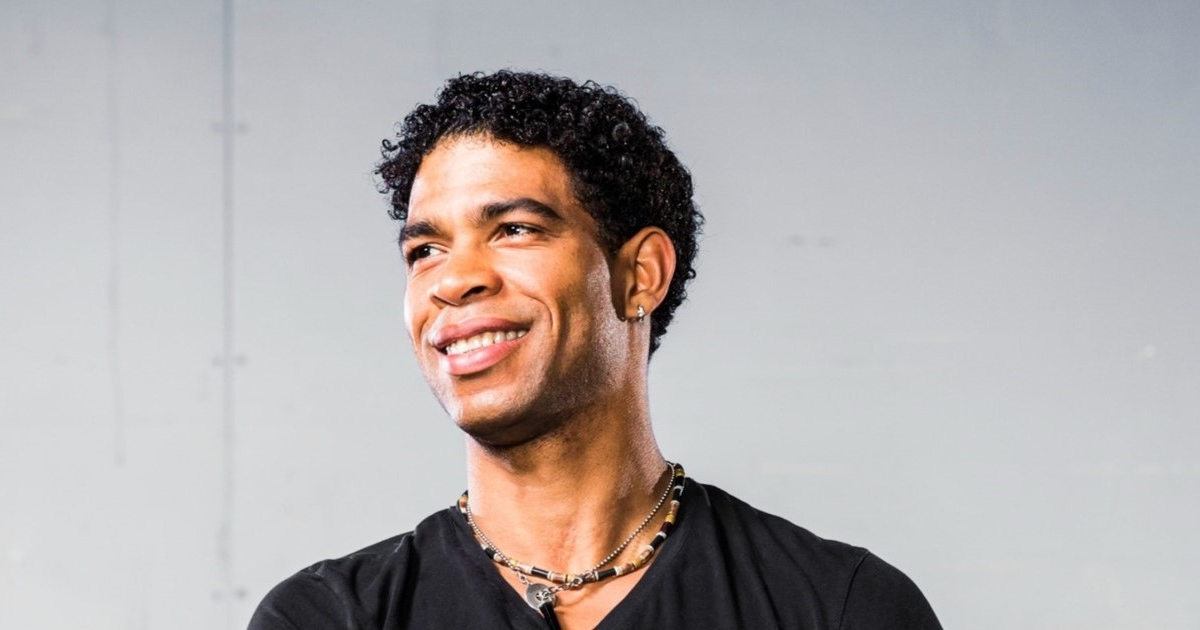Cuban dancer and choreographer Carlos Acosta expressed deep concern over the impact of the country's social situation on the arts, noting both the departure of numerous artists and the deterioration of cultural facilities. Carlos, currently in Barcelona to present the latest performance by his company Acosta Danza, elaborated on how much things have changed for the arts in Cuba.
The Decline of Cuban Theaters
"The Alicia Alonso Theater has been closed for more than five years. Havana, once a city of theaters, now only has two. And in the 600-seat theater, you can't stage a large ballet with scenery, there's no space, so only the National Theater is left. Everyone competes for the venues, and we, for example, can only perform once a year," he told La Vanguardia.
"The dance festival that used to be held is now a shadow of its former self. It takes place in just three theaters, one of which is not suitable for dance. Yes, the social situation definitely affects the arts," he emphasized.
Acosta pointed out that the death of ballerina Alicia Alonso, founder of the Cuban National Ballet and a figure closely linked to the regime, has contributed to the current crisis in Cuban dance. "There's a massive exodus of artists and cultural heritage. There are no theaters. The orchestra musicians, essential for ballet, have left. Alicia was Cuba's First Lady of Ballet, and there was significant interest in preserving her legacy, but obviously, when the leader is gone, everything suffers," he noted.
At 51, and as the artistic director of the Birmingham Royal Ballet, he rejects the idea of leading the Cuban National Ballet if offered. "I want to focus on Acosta Danza, which is what I will leave behind. I want to create partnerships to ensure that it continues to thrive even after I leave, with a structure and governance in place. That alone requires a lot of work."
Acosta founded his company nearly a decade ago in Cuba to give back to his homeland for the training he received during his childhood and adolescence. With 18 dancers, the project continues to endure the island's difficulties and shortages. It currently boasts an academy with three courses of ten students each and a junior company where young talents prepare for professional life.
"We are not just responsible for cultivating them as artists but also as human beings. Many come from very poor backgrounds and had never set foot in the capital before. We educate them for three years, provide them with shoes, train them in ballet and contemporary dance, and then they join the company after passing tests. If they don't pass, we help them find opportunities with other companies," Acosta explained.
Impact of Social Issues on Cuban Arts and Culture
Below are some frequently asked questions regarding the current state of the arts and cultural heritage in Cuba, as highlighted by Carlos Acosta.
Why are Cuban artists leaving the country?
Cuban artists are leaving due to the deteriorating social and economic conditions, lack of opportunities, and the closure of major cultural facilities.
How has the death of Alicia Alonso affected Cuban ballet?
Alicia Alonso's death has led to a decline in support for the Cuban National Ballet, contributing to the current crisis in the dance community.
What challenges does Acosta Danza face in Cuba?
Acosta Danza faces challenges such as limited performance venues, economic hardships, and the need to provide comprehensive training and support to its dancers.
